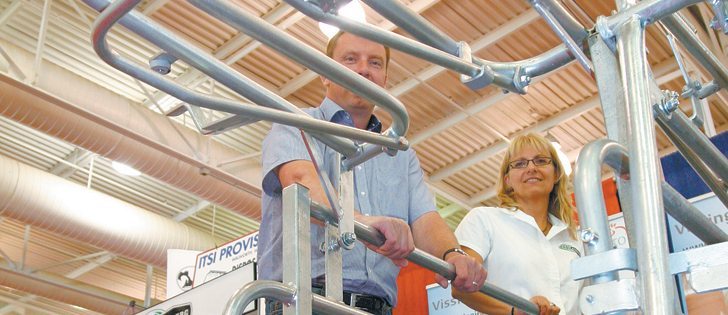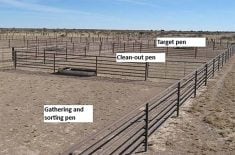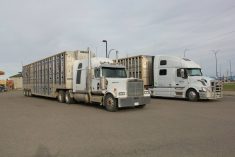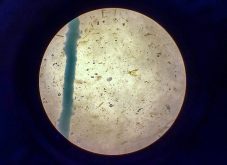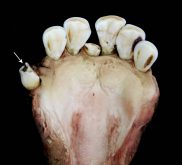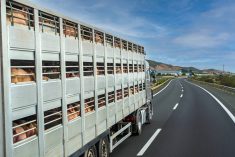DES MOINES, Iowa — Helena Echberg is no longer treated like she is flogging a flakey European product.
Instead, the Quebec-based distributor of open housing sow stall machinery now finds farmers want to know how to use it.
“They used to say, ‘that’s a European thing that will never come over here.’ Now they say, ‘show me how it works.’ ”
A steady stream of farmers visited Echberg’s booth at the recent World Pork Expo trade show. They wanted to know what sort of production systems they might need to use if the move away from gestation stalls happens within the next few years.
Read Also

Canadian Food Inspection Agency slammed for handling of bovine tuberculosis case
The federal government leans heavily on producers to “take one for the team” and risk their livelihoods without any reassurance of support.
“People know this is coming and they’re looking for solutions,” said Echberg, who was displaying a Danish “free access” stall system that allows sows to enter stalls for food and rest but from which they can back out at any time.
Her colleague, Thomas Simonsen of manufacturer Vissing Agro, said 60 to 65 percent of European production will be using free access systems and most of the rest will be using electronic sow feeder systems when open housing becomes law in the European Union Jan. 1.
Some producers attempted to convert existing stall barns to open housing by ripping out the stalls and having nothing but open pens, but Echberg said that hasn’t worked.
“We saw in Europe that that doesn’t work. It hurts production,” she said.
Gestating sows will fight over food and social dominance, which free access systems solve by allowing them to find refuge. As well, electronic sow feeding systems prevent the animals from getting more than their individually prescribed ration, which eliminates the incentive for bullying.
Echberg said the European Union has imposed heavy rules and regulations on hog farmers, but the carefully worded laws have had one positive element missing in North America.
“It was easier. They knew exactly what they needed to do, how many square feet you needed per sow, things like that,” said Echberg.
Many North American producers aren’t sure what kind of a system they might be required to install in the future, she added.
“Over here, there are so many questions.”
For now, Echberg is pleased to be answering concrete production and installation questions instead of the skeptical challenges she received last year. With even major companies like Smithfield Foods embracing open housing, farmers want to make sure they know what their future options are going to be.
“The train has left the station,” said Echberg.


